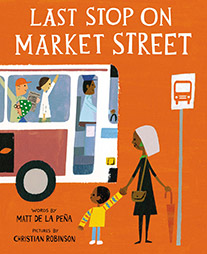I love receiving new books for the library. Opening up a book delivery is like my birthday and Christmas and unexpected Starbucks rolled up all in one. I just get all ridiculously full of smiles. A recent delivery to the Eubank library included an all new favorite, This Bridge will Not Be Gray by Dave Eggers.
 |
| This Bridge Will Not Be Gray by Dave Eggers |
Can I say how much I love this book? Written by Dave Eggers and illustrated by Tucker Nichols, this book explains the early days of the the iconic Golden Gate Bridge including the conversations surrounding what color the bridge should be painted. Eggers writes in a playful and engaging way and Nichols' art leaps off the page. Best of all? This book is a natural lead in to incorporating STEM activities with students.
As an introduction to this story Eubank students explored the factors engineers would need to consider when designing a bridge, including among other things, weight bearing structures and stress tests. To explore this idea further students looked at three paper column shapes, a square, triangle and circle and predicted which shape would be able to hold the most weight.
 |
| Three paper columns, circle, triangle and square. |
Students predicted which shape would bear the most weight in books then we gathered together and got to stacking! You know that tension that can be felt when you're turning the handle of a jack-in-the-box? You're just waiting....waiting.....then blam! Yep. That's what it was like in the library. We all held our collective breath as books got stacked one after another, erupting in surprised laughter and calls of "WHAT?! NO WAY!" as we tested and tallied each column.
 |
| Comparing weight and stress points |
Students were surprised again and again to find that the circle shaped column would hold the most weight. This is where they were challenged to take a close look at each column and identify where the stress break occurred. The question of the day - Why does this work?
We will continue to look at the art and science in this book as well as explore other related books
 |
| Bridges! by Carol A. Johmann and Elizabeth J. Rieth |
 |
| Pop's Bridge by Eve Bunting |


































